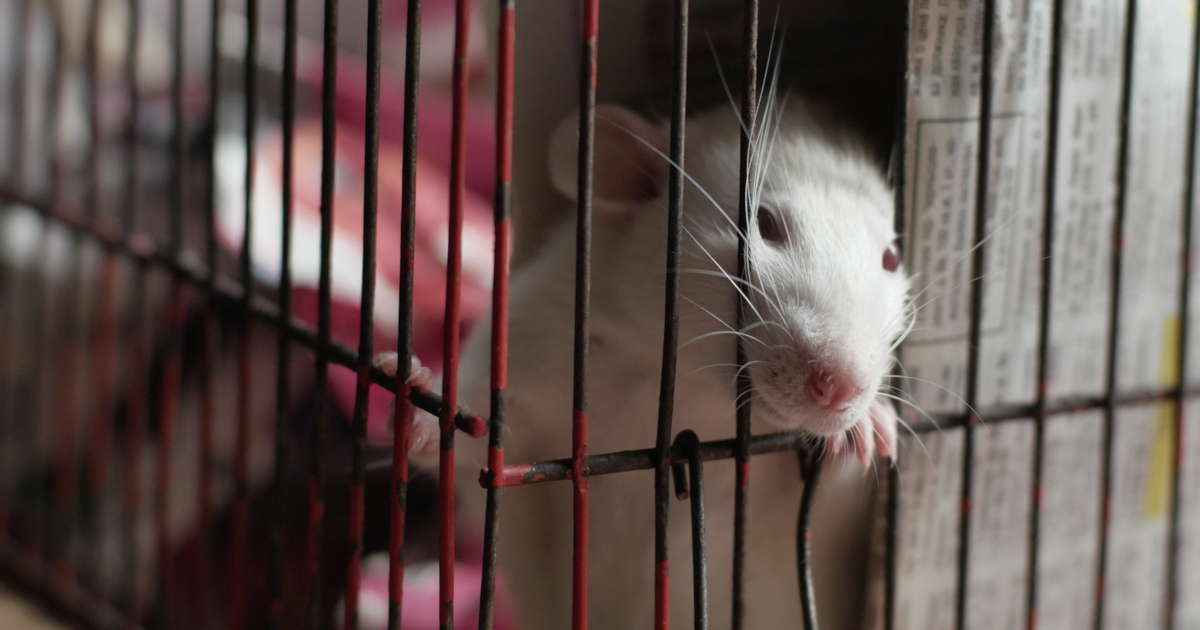
The Grave Risk of Lab-Created Potentially Pandemic Pathogens
In 2012, researchers in the Netherlands and the United States shocked the establishment by publishing studies on making avian influenza contagious through the air among mammals. The work of professors Ron Fouchier and Yoshihiro Kawaoka renewed the debate over whether potential pandemic virus research is too dangerous to conduct.
September 22, 2021 | Source: Bulletin of the Atomic Scientists | by Lynn C. Klotz
In 2012, researchers in the Netherlands and the United States shocked the establishment by publishing studies on making avian influenza contagious through the air among mammals. The work of professors Ron Fouchier and Yoshihiro Kawaoka renewed the debate over whether potential pandemic virus research is too dangerous to conduct.
It wasn’t the first time that researchers had raised the risks of a pandemic through their work in the lab. In a 2005 article in Science, a US Centers for Disease Control researcher, Terrence Tumpey, and his co-authors described how they resurrected the 1918 pandemic influenza that killed some 50 million people. They said the purpose of resurrecting the virus was to “study the properties associated with its extraordinary virulence,” which are important to know. And they confirmed just how dangerous a pathogen it was: “The coordinated expression of the 1918 virus genes most certainly confers the unique high-virulence phenotype observed with this pandemic virus.”
